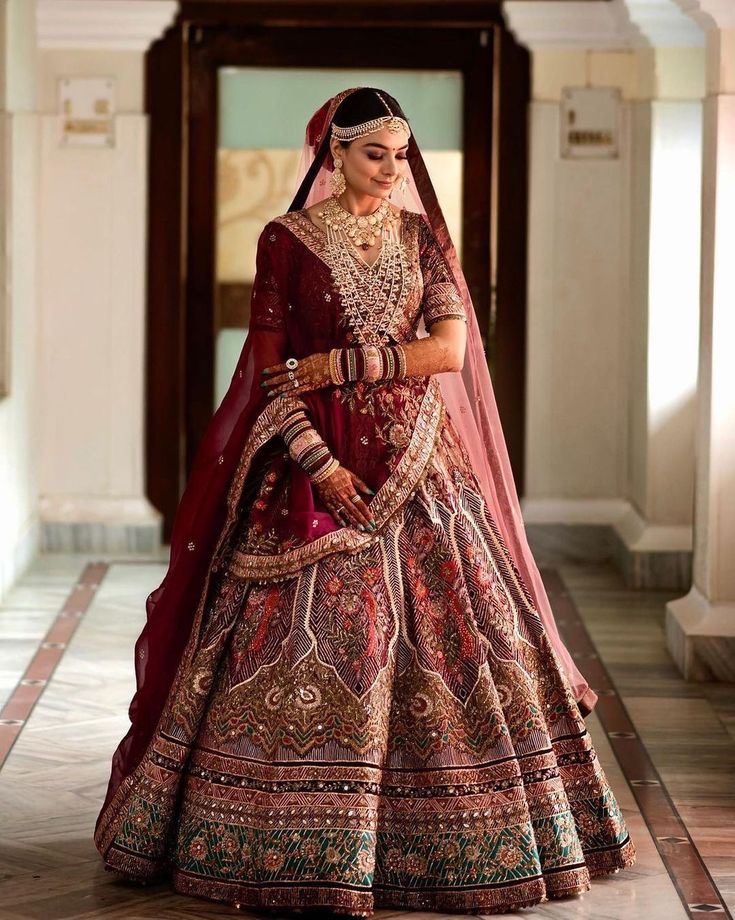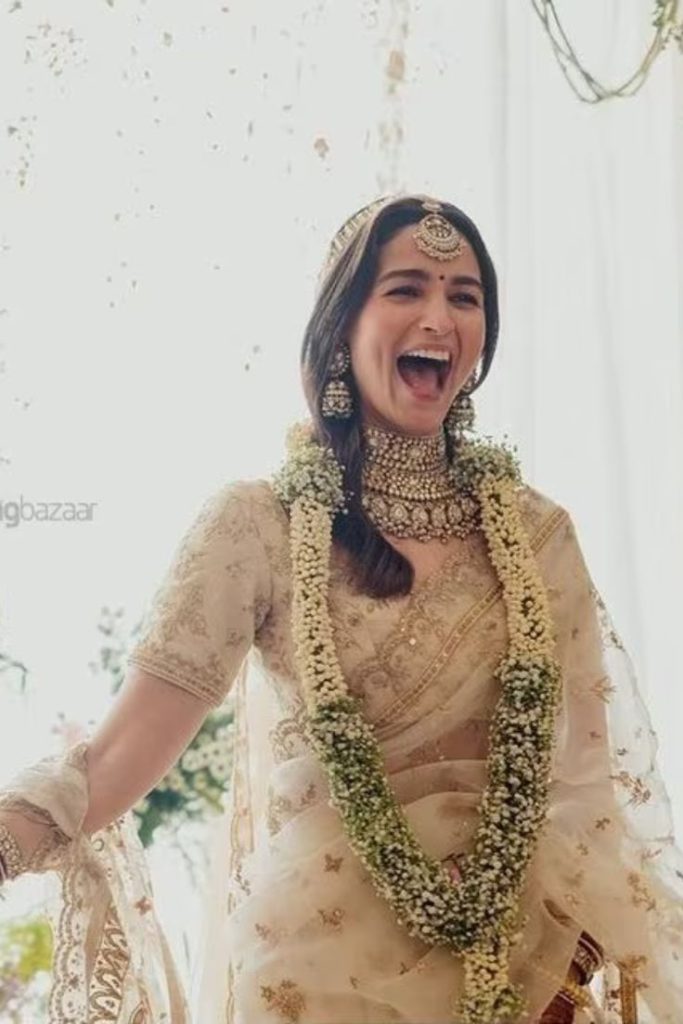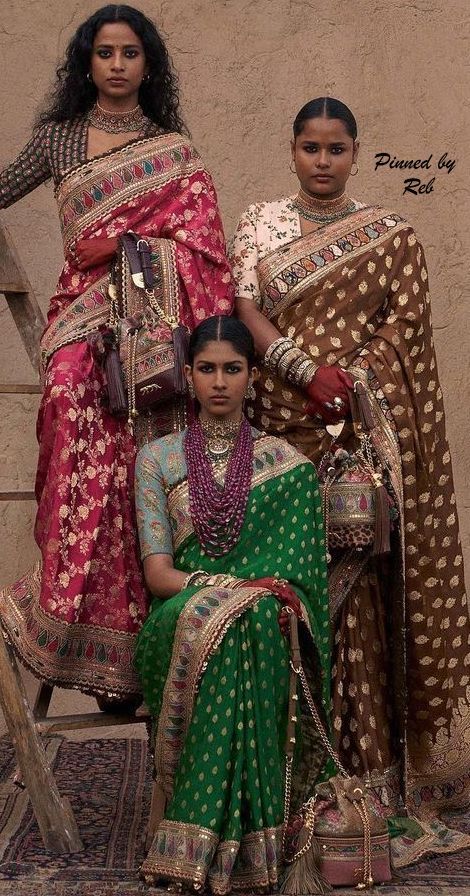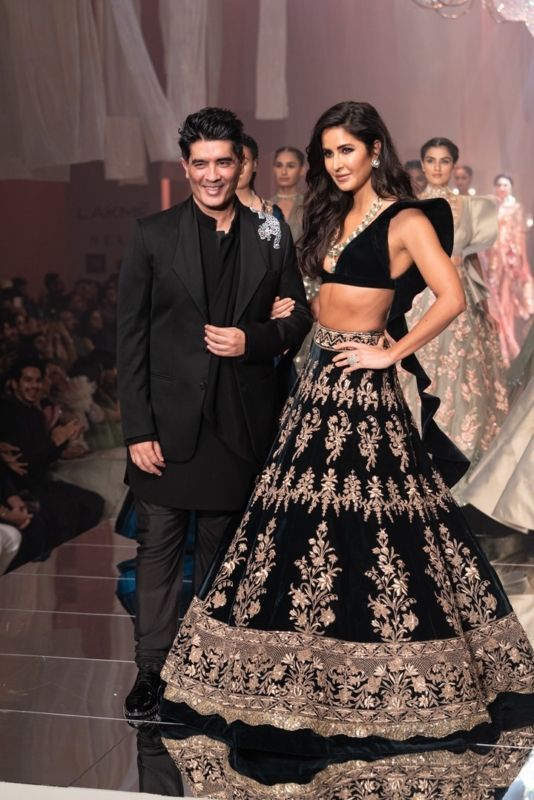The concept of the “culture industry,” as explored by Theodor Adorno and Max Horkheimer, holds that culture in contemporary capitalist societies has become standardised and commodified, often catering to mass tastes and limiting individual expression. To grasp this concept, consider the classic example of the Indian bride, whose journey through the various rituals and preparations for her wedding is a profound reflection of the intricate relationship between tradition and the culture industry.
According to Adorno and Horkheimer’s view of the culture industry, cultural products such as films, music, and fashion are manufactured and marketed to appeal to the broadest possible audience. This leads to cultural homogenization, in which individuality is sacrificed in favour of mass appeal. These cultural products are intended to preserve the existing social order, resulting in passive consumers.
In India, the tradition of marriage is deeply entrenched in culture, and the Indian bride serves as the epitome of this cultural richness. From the moment a wedding is arranged, the bride embarks on a journey marked by various rituals, symbolisms, and preparations that transcend time and region.
The attire of an Indian bride is one of the most visible aspects of her journey. Through her clothing, she demonstrates a stunning blend of tradition and culture. A North Indian bride, for example, may wear a lehenga choli, a three-piece outfit consisting of a skirt, blouse, and a long scarf or “dupatta.” This clothing, richly embroidered and frequently in bright, vibrant colours, is both an embodiment of tradition and a nod to cultural beauty expectations.

classic Indian bride 
Alia Bhatt’s bridal look 
Anushka Sharma’s bridal look
However, in the context of the culture industry, we can see that this attire has been commercialised. Bridal fashion trends change over time, influenced by both tradition and current trends. Designers create bridal collections for a broader market, extending the reach of the Indian bridal look beyond the boundaries of Indian culture. The intricate handwork that was once the hallmark of artisan craftsmanship has now been extended to machine-made imitations, making it more accessible but potentially diluting the authenticity of traditional bridal attire.

Sabyasachi designer 
Manish Malhotra designer
However, the culture industry has not ignored these rituals. Weddings have become more extravagant and elaborate, often mirroring the grandeur seen in Bollywood films, while the core essence remains unchanged. Weddings become less personal and more reflective of societal expectations as standardisation and stylisation enter the picture.
Finally, the Indian bride demonstrates the complex interplay between tradition and the culture industry. While the industry may have an impact on various aspects of the bridal experience, it cannot overshadow the deep cultural significance of the rituals, attire, and the bride’s role in preserving a rich heritage. Even in the face of the all-encompassing culture industry, the Indian bride, in all her cultural glory, remains a testament to the enduring power of tradition.
All the pictures are sourced from pinterest.


Hi Srushti – this is an amazing example you have chosen to discuss the culture industry! Do you think that, nowadays, the beauty standard of an Indian bride has become more of an ‘aesthetic’ rather than one of a cultural/religious symbol of tradition?
Thank you so much akanksha!! I somewhat agree that the whole concept of getting married has sort of become like a trend. From choosing the fashion designer to selecting a destination for the wedding, everything has to be according to the aesthetics that the “celebrities” have created. Ofcourse there are a few people who believe in following the traditions and not doing anything fancy just like the rest of the world. I think nowadays, everyone has started glamorising the idea of wedding rather than focusing on how two people are going to form a beautiful relationship for the rest of their lives.
дљЬиАЕзЪДиІВзВєйЭЮеЄЄжЦ∞йҐЦпЉМеЬ®жХідЄ™жЦЗжЬђдЄ≠йГљдљњзФ®дЇЖеН∞еЇ¶жЦ∞е®ШзЪДеЕЄеЮЛдЊЛе≠РпЉМиЃ©иѓїиАЕжЫіе•љеЬ∞зРЖиІ£вАЬжЦЗеМЦдЇІдЄЪвАЭзЪДж¶ВењµпЉМињЩйЭЮеЄЄиБ™жШОгАВдЄНеРМзЪДжЦ∞е®ШжЬНи£Ее±Хз§ЇдЇЖдЄНеРМзЪДдЉ†зїЯеТМжЦЗеМЦгАВеЬ®жЦЗеМЦдЇІдЄЪзЪДиГМжЩѓдЄЛпЉМжЦ∞е®ШжЬНи£ЕеЄ¶жЬЙдЄАзІНз§ЊдЉЪжЬЯжЬЫгАВрЯСНрЯПїрЯСНрЯПї
Thank you so much Xuanyun!! I am glad that you enjoyed reading about my culture. I absolutely agree to your last statement about how bridal clothing carries a social expectation, thatвАЩs an interesting way of thinking and I will definitely learn more about your opinion.
The author’s point of view is very novel and uses the typical example of an Indian bride throughout the text to give the reader a better understanding of the concept of “cultural industry”, which is very clever. Different bridal costumes show different traditions and cultures. In the context of the cultural industry, bridal clothing carries a social expectation.рЯСНрЯПїрЯСНрЯПї(I am very sorry for the above text. Since the system has not converted it, it automatically translated it into Chinese for me to upload.пЉЙ
I really like what you said about weddings being no longer personalized. It’s true that in China, weddings are actually more like a grand social event. Most people don’t come to the wedding to bless the new couple, they mostly come with a purpose. For example, making one or two connections that are helpful for one’s work.
Genuine good content and novel choice with вАШIndian BrideвАЩ as the subject of discussion for Culture Industry instead of other ‘digital’ examples, really did bring out a new perspective. (btw it’d be even better to have some source materials linked)
Adorno and Horkheimer’s theory of the culture industry resonates when examining the classic Indian bride’s journey. The commodification of cultural products, including bridal attire, mirrors the standardisation for mass appeal. Although tradition endures, the culture industry’s influence on wedding extravagance and attire commercialisation highlights the delicate balance between tradition and contemporary power in today’s globalised world.